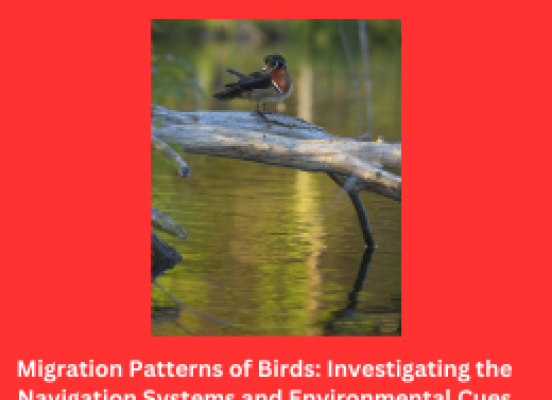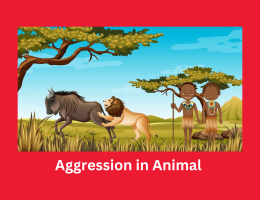
Migration Patterns of Birds: Investigating the Navigation Systems and Environmental Cues
- By admin --
- Tuesday, 12 Mar, 2024
Migration, a splendid phenomenon located in various animal species, in particular birds, involves the seasonal motion from one location to another. Among birds, migration is a good sized behavior, undertaken for diverse motives including seasonal modifications in food availability, breeding opportunities, and weather. Understanding the intricacies of chicken migration requires delving into the navigation systems, environmental cues, and physiological variations that enable these avian tourists to adopt lengthy-distance journeys with precision and efficiency.
Bird migration is a complicated conduct encouraged through a combination of innate instincts, learned behaviors, and environmental cues. Central to the success of migration is the navigation device, which permits birds to determine their position relative to their destination and to navigate appropriately over sizeable distances. Birds appoint more than one navigational strategies, often counting on a mixture of celestial cues, geomagnetic fields, visible landmarks, and olfactory cues to orient themselves throughout migration.
One of the most well-studied navigational mechanisms in migratory birds is their ability to perceive and utilize the Earth's magnetic discipline. Birds own specialised photoreceptor cells containing magnetite crystals, that are idea to aid in detecting and decoding the Earth's magnetic area. This capacity, known as magnetoreception, permits birds to feel the path and depth of the Earth's magnetic subject strains, imparting them with a reliable navigational resource, in particular in the course of overcast situations when celestial cues may be obscured.
Birds that migrate also employ celestial cues, particularly those from the sun and stars, in addition to magnetic signals. Birds may calculate their tour direction and modify their flight by keeping an eye on the sun's position or the stars' rotation. The capacity to perceive polarized light patterns at dawn and sundown in addition complements their navigational precision, permitting them to hold a steady heading even in unusual territory.
Environmental cues, such as air conditions, landmarks, and geographical features, are crucial in directing migrating birds on their journey. Throughout their migratory paths, birds may learn to recognize and memorize notable sights, which helps with navigation and provides reference points for orientation. They also utilize subtle variations in temperature gradients, wind patterns, and atmospheric strain to optimize their flight routes and maintain power throughout migration.
Physiological diversifications are vital for supporting the traumatic electricity necessities of lengthy-distance flight. Migratory birds go through physiological adjustments in guidance for migration, which include hypertrophy of flight muscle tissue, expanded fat deposition, and metabolic modifications to enhance staying power and gasoline utilization. These diversifications permit birds to preserve prolonged flights masking heaps of kilometers with out exhaustion, making sure their survival throughout migration.
Migration is the outcome of evolution and ecology, comprising not only physical but also psychological aspects. Birds exhibit superb flexibility and plasticity of their migratory behaviors, with people of the equal species frequently using unique routes and stopover websites primarily based on age, experience, and environmental conditions. Furthermore, migratory routes can also evolve over time in reaction to changes in habitat availability, weather patterns, and anthropogenic disturbances.
The research on the migration of chickens is a good opportunity to understand how changes in environment affect the lives of plants and animals. Climate change could be one of the hardest problems for birds during their migration because it can force them to travel thousands of miles away from home. Another majorly for birds is the destruction of their habitats due to human actions which are contrary to traditional systems. Land uses like deforestation or agriculture alter stopovers where birds feed during their long journeys leading species towards extermination.
Comprehensive knowledge of the migration ecology of migratory bird populations is needed for conservation initiatives aimed at protecting them, including the identification of critical stopover locations, migration corridors, and breeding grounds. To help prevent migrating bird deaths and protect their lives in future from humans’ changing activities, joint researches, habitat recovery projects, and state involvement are needed.
In conclusion, The excellent phenomenon of hen migration is made possible by the interaction of learned behaviors, innate urges, and environmental signals. By investigating the navigational systems, environmental warning systems, and physiological adaptations associated with migration, scientists can resolve the mysteries surrounding avian migration and develop strategies for maintaining migratory chicken populations in an international environment that is rapidly changing.





